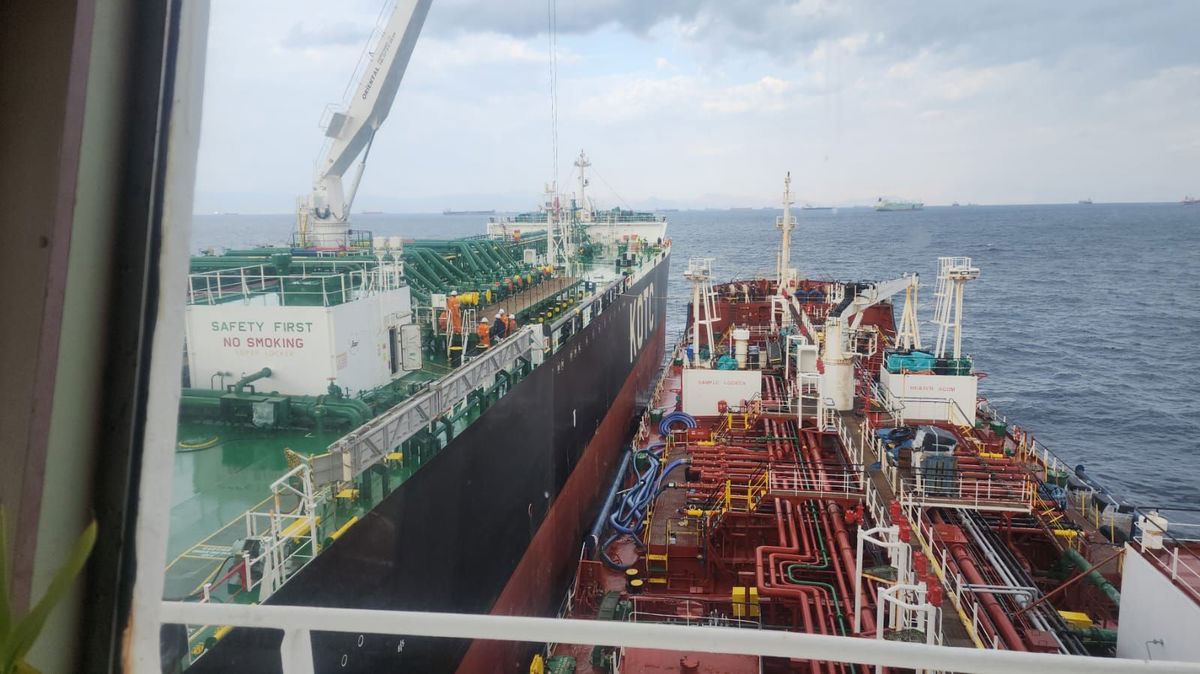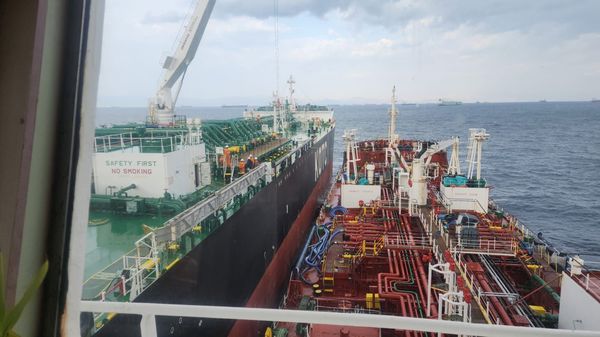FIS: Crude Oil Market Overview: Energy Security 1st, Price 2nd, and Sustainability 3rd
Prices have hit nine-month lows as worries about recession, high interest rates and the strength of the US dollar have increased.
Energy priorities have changed as governments battle inflation, bans on Russian oil loom, and gas supply challenges to Europe continue. It is believed that policymakers may be setting aside sustainability concerns. "Energy Security is number one. Price is number two. Sustainability is number three," Vitol's Chief Executive Officer Russell Hardy said.
The EU sanctions taking effect on December 5th creep closer as the market prepares for one of the most significant shifts in global trade flows. Nearly 3 million b/d of Russian crude oil and products will have to be diverted to markets outside Europe. Reuters reported that a large volume would be rerouted to Asia and the Middle East, while Asian outflows would be exported to Europe.
However, a certain amount is estimated to be delivered from elsewhere. Colombia’s state energy company Ecopetrol is an example as it sells more of its oil production to Europe, replacing Russian supplies. 40-50% of its crude production was exported to Asia this year compared to 60% last year, according to its Chief Executive Officer Felipe Bayon. This is also due to competition in Asia from cheaper Russian crude oil. Russell Hardy also expects more than a million b/d of U.S. crude going into Europe. The IEA has forecasted the U.S. to overtake Russia as the leading crude supplier to the EU and UK combined.
The rerouting of trading regions could put a strain on the shipping sector. Voyage for Russian oil exports to Asia would be longer, increasing shipping activity and fuel costs for shipping companies. This would also depend on the required vessels and whether they are enough. Is there available infrastructure for the ships? Are there enough shipping companies, insurers, and financial service providers that would not be affected by sanctions of being involved in trading Russian oil into other regions? These constraints could limit how much oil is supplied to the global market and push prices back up.
Others believe the prices are due to rise again after having a steady slide all summer long. JP Morgan commented, "Despite fears over the strength of the global economy, our balances continue to suggest that surpluses observed over summer will turn into deficits starting from October," JP Morgan listed a few points on why they believe prices will return to the $100/bbl level in the fourth quarter. They and others believe global demand will rise again as the natural gas situation encourages more switching toward oil. Releases from the US Strategic Petroleum Reserve are reduced or cancelled. The revival of the Iran Nuclear deal is now unlikely, and the sanctions mentioned above take effect on December 5th.
One thing they did not include in their forecast was the US dollar's strong performance, which has dampened oil demand. The growth of the dollar against other currencies means dollar-denominated assets like oil have become more expensive for investors holding foreign currencies. Some say we are already in a recession and others appear to have accepted that a recession will happen as governments and banks fight to get a grip on inflation.
Further short-term supply cuts could support these claims to increase prices as BP Plc and Chevron Corp shut down production at offshore oil platforms in the Gulf of Mexico due to Hurricane Ian. The National Hurricane Center (NHC) reported 100 miles per hour winds as the category 2 storm is expected to intensify. This is the first storm this year to disrupt the U.S. Gulf of Mexico, which accounts for about 15% of the nation’s crude oil, Reuters reported. Regardless of whether the prices fall or rise OPEC+ will be watching the situation carefully as it is reported that they don’t want a sharp increase or a collapse. They want to have a balance in the markets. OPEC+ are meets to set policy on October 5th.
Technical view of the Crude Oil Market:
November Futures – In the last report, we noted that a downside move below $91.51/bbl implied that we had started a new bear cycle. The futures initially moved higher and consolidated for a week, before breaking to the downside and trading to a low of $84.51/bbl.
Upside moves that fail at or below $98.35/bbl will leave the futures vulnerable to further tests to the downside. Above this level, the Elliott wave cycle will have a neutral bias.
Only above $105.48/bbl will the wave cycle have failed. Technically bearish, we maintain our view that we have a potential downside target of $71.71/bbl.
Written by Mopani Mkandawire and Edward Hutton, Edited by Chris Hudson (https://freightinvestorservices.com/fis-live/).





